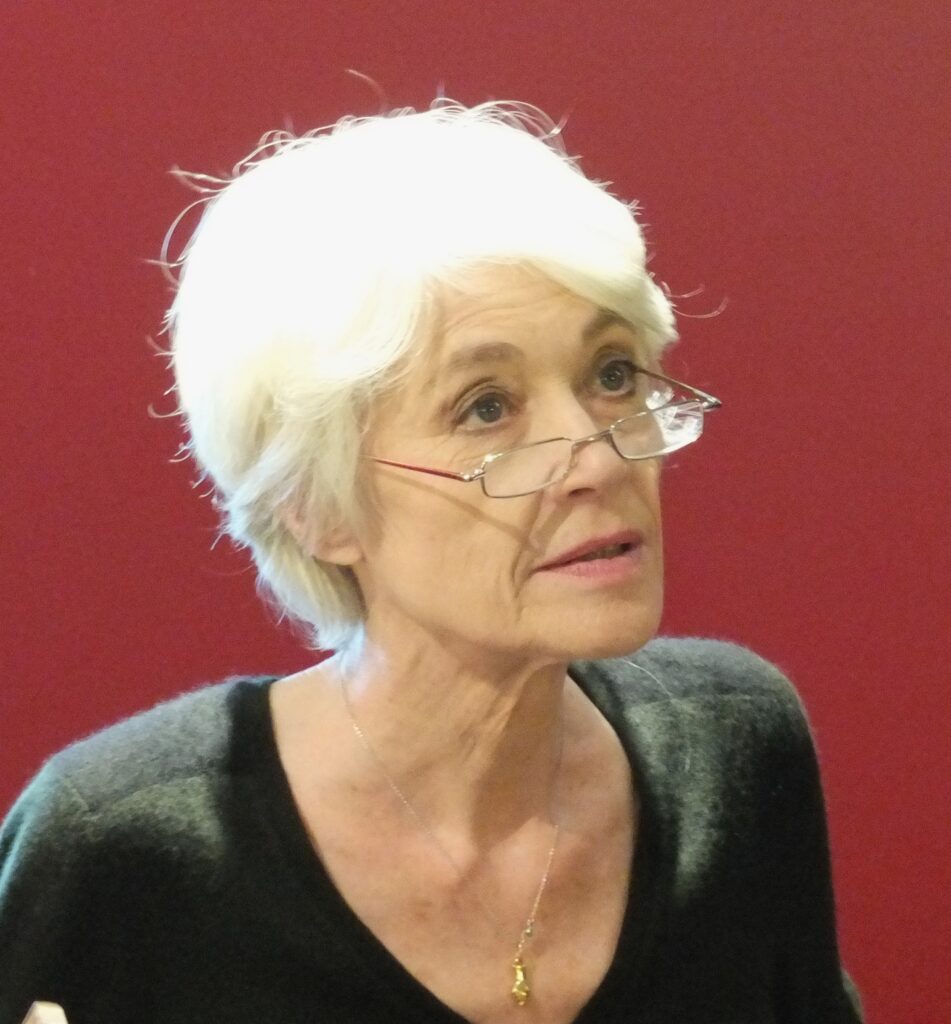
The passing of Françoise Madeleine Hardy on June 11, 2024, at the age of 80, marked the end of an era for French popular music and culture. Known for her distinctive melancholic, sentimental ballads, Hardy rose to global prominence in the early 1960s as a quintessential figure of the French yé-yé movement. Her influence extended far beyond her native France, establishing her as an international cultural icon whose work resonated across linguistic barriers, with recordings in English, Italian, and German alongside her native tongue.
Her remarkable career spanned more than five decades, resulting in over 30 studio albums and a legacy that cemented her status as one of France’s best-selling singers. Beyond her musical achievements, Hardy cultivated a multifaceted public identity as an actress, author, and even an astrologer, each facet adding depth to her unique persona. Her artistic journey was characterized by a quiet determination and a commitment to authenticity, often marked by personal struggles with anxiety and a genuine disenchantment with the trappings of celebrity.
This in-depth article aims to explore the pivotal moments and defining characteristics that shaped Françoise Hardy’s extraordinary life and career. From her challenging Parisian childhood to her meteoric rise in the music world and her subsequent evolution into diverse artistic and intellectual pursuits, we delve into the story of a woman whose impact on music, fashion, and French identity remains profound and enduring.
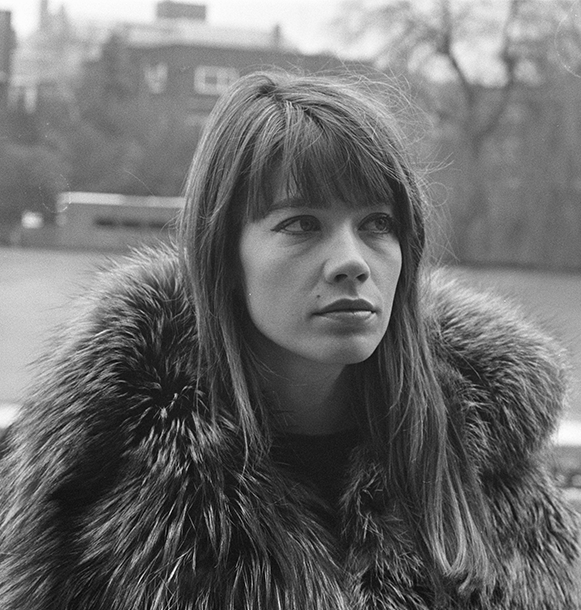
1. **Françoise Hardy: A Global Cultural Icon’s Enduring Legacy**: Françoise Madeleine Hardy, a name synonymous with French elegance and poignant musical expression, passed away in Paris in June 2024, at the age of 80, leaving behind a monumental legacy. Born on January 17, 1944, she became renowned as a singer-songwriter, actress, and author whose melancholic, sentimental ballads captivated audiences worldwide. Her emergence in the early 1960s marked her as a leading figure in the French yé-yé music scene, quickly establishing her as a cultural icon both within France and across international borders.
Hardy’s ability to transcend linguistic confines was a testament to her widespread appeal. She recorded and performed not only in her native French but also in English, Italian, and German, enabling her music to reach a vast and diverse global audience. Her prolific musical career spanned over 50 years, yielding an impressive discography of more than 30 studio albums, each contributing to her rich artistic tapestry and enduring influence.
Further solidifying her international standing, Hardy proudly represented Monaco at the Eurovision Song Contest in 1963. Her contributions to music were officially recognized in 2006 when she was awarded the prestigious Grande médaille de la chanson française by the Académie française. This honorary award was a fitting tribute to a career that profoundly shaped French pop music and continued to inspire generations.
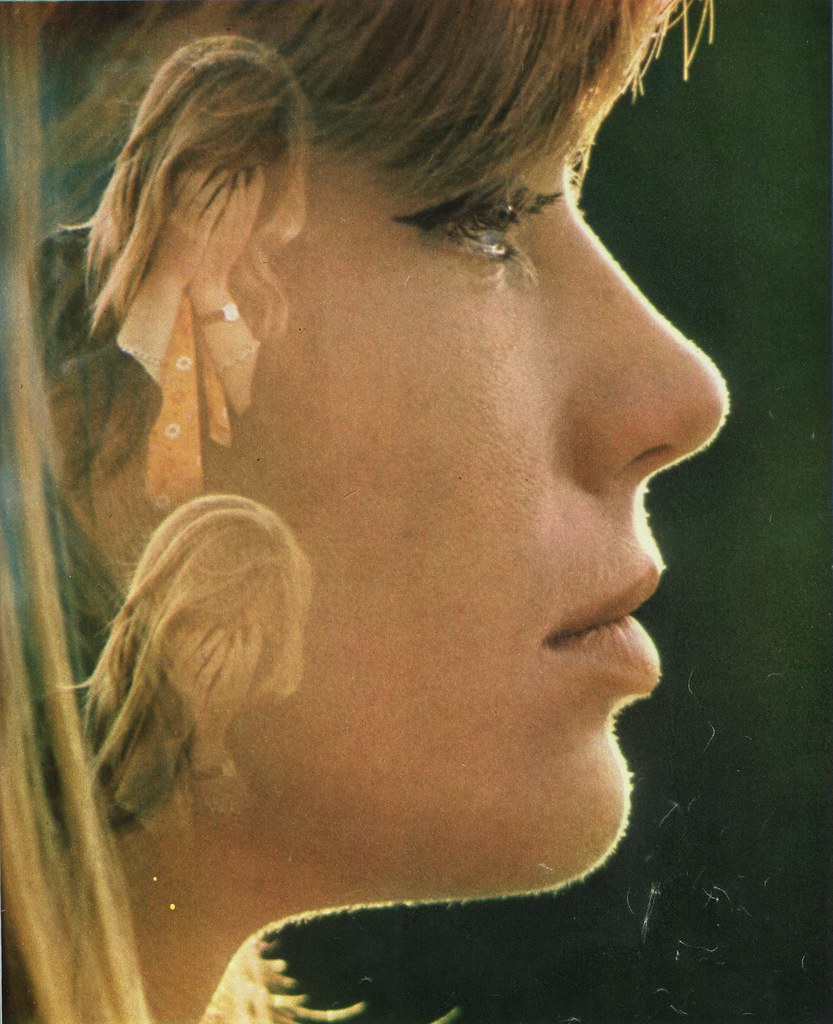
2. **A Parisian Upbringing: Formative Years and Early Struggles**: Françoise Madeleine Hardy’s early life was marked by challenging circumstances from her very beginning, born on January 17, 1944, at the Marie-Louise Clinic in the 9th arrondissement of Paris during German occupation in World War II. Her birth coincided with an air raid, a violent context she herself related to her “abnormally anxious temperament” as an adult. This tumultuous start set a tone for a childhood defined by an undercurrent of emotional difficulty.
She and her younger sister, Michèle, born eighteen months later, were raised by their single mother, Madeleine Hardy, in a modest apartment on the Rue d’Aumale. Her father, Étienne Dillard, a married man from a wealthy family, was an absent figure in their upbringing, offering little financial support and visiting his daughters only a couple of times a year. This absence and the family’s modest means contributed significantly to Hardy’s early insecurities.
Hardy often described her childhood as “unhappy and troubled,” characterized by solitary activities such as reading, playing with dolls, or listening to the radio, rather than social engagement. She attended the Catholic school Institution La Bruyère under the tutelage of Trinitarian nuns, where the socio-economic disparity between her and her classmates became a persistent source of lifelong insecurity. Adding to her mental health struggles, her maternal grandmother “told [her] repeatedly that [she] was unattractive and a very bad person,” profoundly impacting her self-perception. Despite these challenges, she spent summers in Austria between 1952 and 1960, encouraged by her mother’s new lover, an Austrian baron, to learn German.
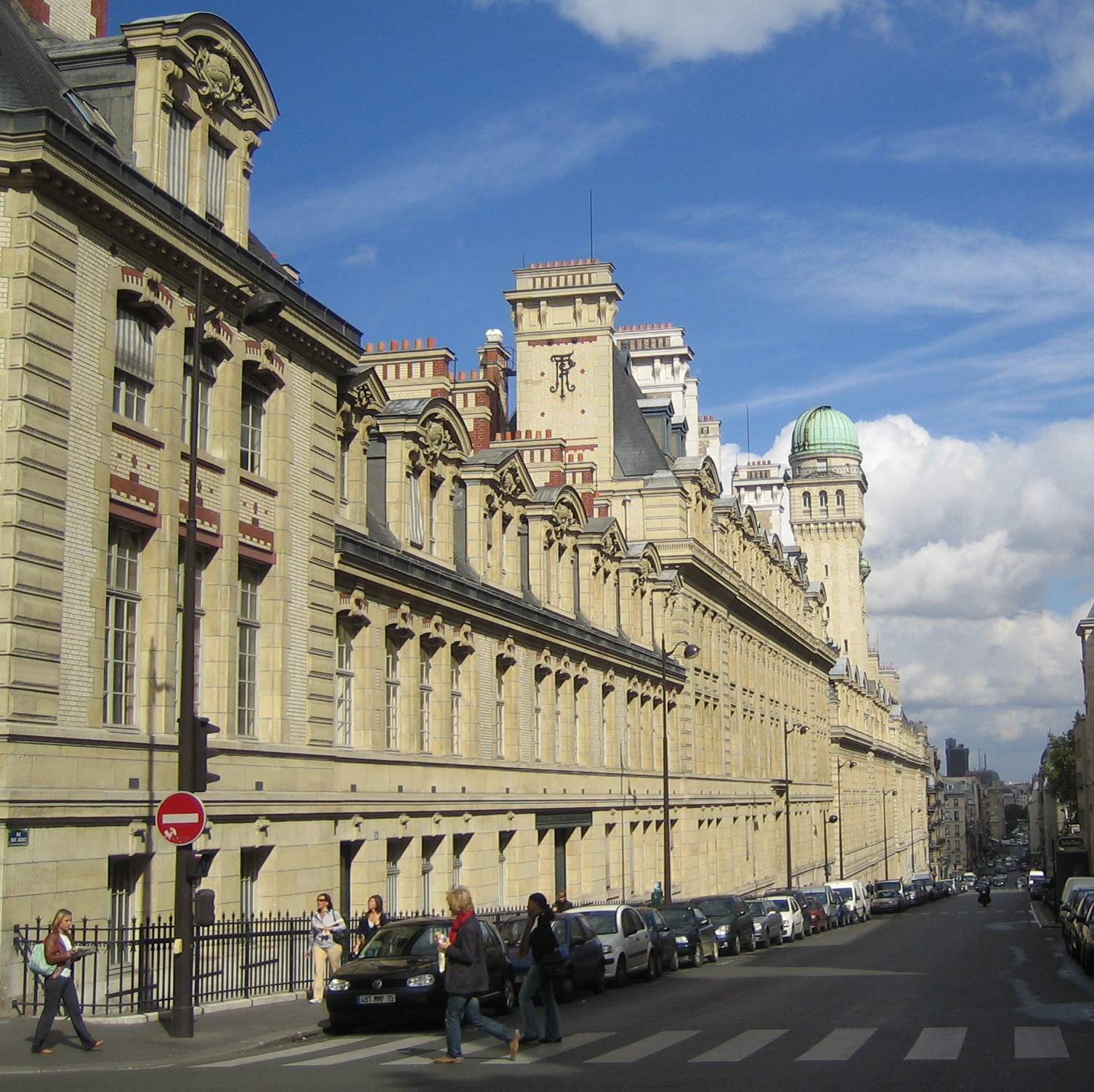
3. **The Genesis of a Songwriter: A Guitar, A Dream, and Early Auditions**: At the age of 16, a pivotal moment arrived for Françoise Hardy when she completed her secondary education and passed her baccalauréat. To mark this significant achievement, her father inquired about her desired gift, and she chose a guitar. This instrument became the catalyst for her artistic journey, as she immediately began to sing her own compositions, laying the groundwork for her future as a singer-songwriter.
Following her mother’s directives, Hardy initially enrolled in the Paris Institute of Political Studies. However, she found the curriculum overly challenging and soon withdrew, opting instead to study German at the Sorbonne. It was during this period that her passion for music truly blossomed; she dedicated the time freed from her demanding courses to composing songs and cultivating her nascent musical talents. She even began performing in a small local venue, playing every Thursday “in front of an audience of retirees,” an early foray into live performance.
Her ambition led her to respond to an advertisement in France-Soir, prompting an audition for the record label Pathé-Marconi. Despite being ultimately rejected, the experience was unexpectedly encouraging for Hardy. She was pleased that she had managed to hold the directors’ attention for longer than she had anticipated, and hearing her own recorded voice for the first time was a revelation. She found it “less off-key and tremulous than [she] feared,” which boosted her confidence. Subsequently, she sought out Philips Records, where she was advised to take singing lessons, further refining her natural talent. This led her to audition for Le Petit Conservatoire de la chanson in 1961, a school for performers with a broadcast platform, where the highly selective head of the program, Mireille Hartuch, accepted her instantly, establishing a significant mentorship.
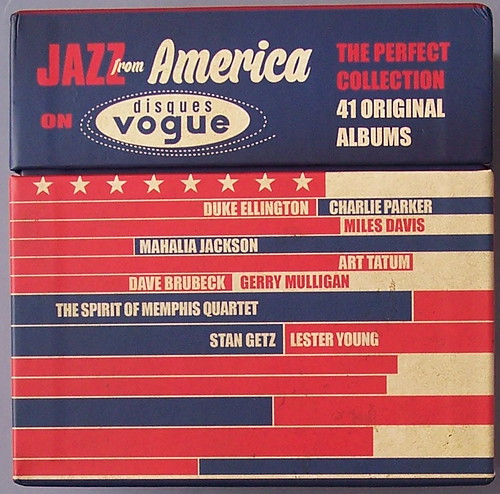
4. **The Yé-Yé Sensation: “Tous les garçons et les filles” and Instant Stardom**: Françoise Hardy’s definitive entry into the music industry began with her audition for the French label Disques Vogue on May 14, 1961. Her distinctive looks immediately captured the attention of sound engineer André Bernot, who perceived her as someone who “would make a nice record cover.” Bernot, recognizing her potential beyond just aesthetics, offered to teach her music theory to enhance her sense of rhythm, a crucial step in her development.
Bernot’s initiative led to the recording of a four-track demo, which he submitted to the label’s director, Jacques Wolfsohn. Wolfsohn was actively seeking a female vocalist to record “Oh oh chéri,” a French adaptation of Bobby Lee Trammell’s “Uh Oh.” Hardy’s audition proved successful, and she was offered a one-year contract, which she formally signed on November 14, 1961, setting the stage for her professional career.
Her public debut on the Petit Conservatoire TV show on February 6, 1962, saw her perform her original song “La fille avec toi” on guitar. It was during this appearance that she was asked about the English phrase “yeah! yeah!” in her lyrics, a moment that inadvertently contributed to the coinage of the term “yé-yé.” This transliteration was later popularized by sociologist Edgar Morin in a 1963 Le Monde article, which analyzed the burgeoning youth-led pop music scene, a phenomenon further amplified by the radio program and magazine, Salut les copains.
Vogue released Hardy’s first extended play (EP) in May 1962, a collection that notably included “Oh oh chéri” alongside her original compositions “Il est parti un jour,” “J’suis d’accord,” and the poignant ballad “Tous les garçons et les filles.” Despite initial reluctance from Wolfsohn, “Tous les garçons et les filles” was Hardy’s and producer André Salvet’s choice for promotion. Its black-and-white music video, directed by Pierre Badel, first aired on Toute la chanson. Its widespread recognition, however, came on October 28, when the clip was rebroadcast during a commercial break in the televised results of the presidential election referendum, catapulting the song to instant popularity among French youth, particularly teenage girls, and dominating radio airwaves, starting with Europe n° 1. A Scopitone music video directed by Claude Lelouch further cemented its iconic status.
The song’s immense success led Vogue to quickly release two more of Hardy’s EPs, which were subsequently compiled into her debut studio album, famously known as “Tous les garçons et les filles.” While the LP format was initially viewed with skepticism in France, Hardy’s early full-length records were typically compilations of her popular four-track 7-inch “super 45 rpm” singles, often left untitled and identified by their most popular track. This debut album earned her both the Trophée de la Télévision and the prestigious Grand Prix du Disque award from the Académie Charles Cros. By early 1963, “Tous les garçons et les filles” had sold 500,000 copies in France, with total sales rapidly climbing to 2.5 million in the ensuing months, marking her as a definitive star. Her singles “J’suis d’accord,” “Le temps de l’amour,” and “Tous les garçons et les filles” all topped the French charts in late 1962 and early 1963, solidifying her place at the forefront of the French music scene.
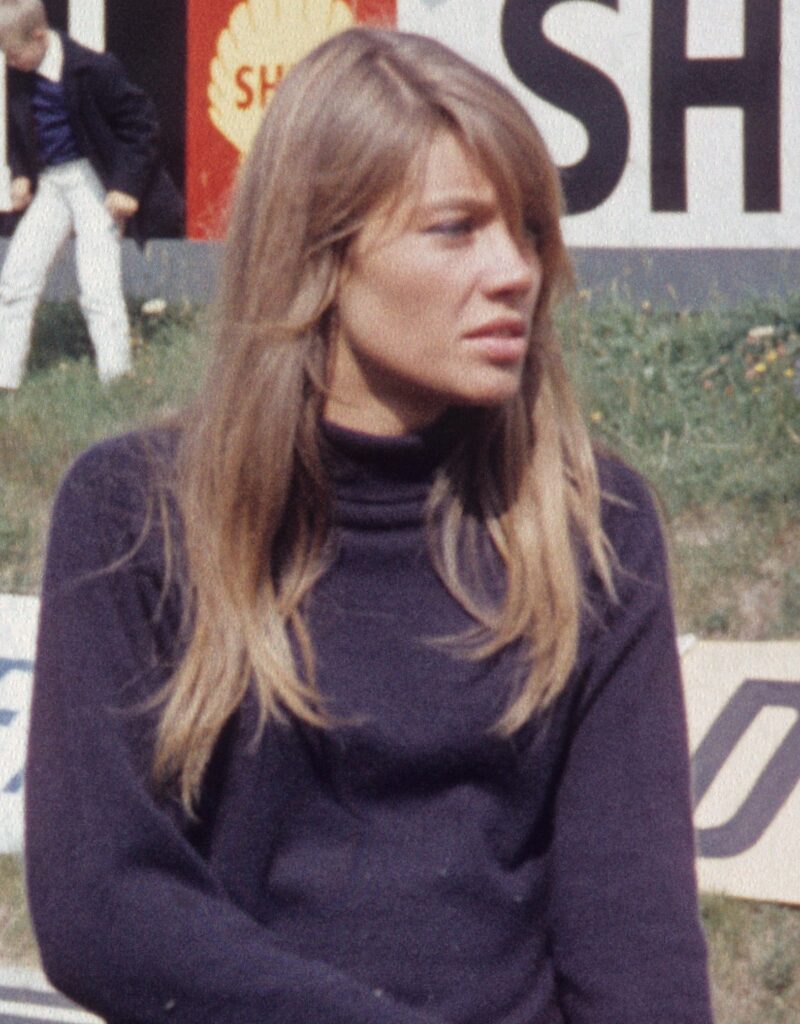
5. **Eurovision and European Conquest: Expanding Horizons in the Early 1960s**: In March 1963, Françoise Hardy’s burgeoning international profile was underscored when she was selected to represent Monaco at the Eurovision Song Contest. Performing the song “L’amour s’en va” at the London-recorded event, she secured a commendable fifth place. The single release of the song mirrored its contest performance, achieving significant chart success by reaching No. 5 on the French charts in June 1963, further demonstrating her ability to captivate audiences beyond her initial hit.
That same October saw the release of her second studio album, “Le premier bonheur du jour,” which continued to build on her unique musical style. Her growing prominence was recognized internationally when she received the “Youth” Edison Award at the Grand Gala du Disque in Scheveningen, Netherlands. The award was presented by acclaimed author Godfried Bomans, who praised Hardy as a “creative artist” who had skillfully imposed “a personal style without trying to imitate the Americans,” highlighting her originality in a landscape often influenced by transatlantic trends.
As a central figure of the vibrant yé-yé movement, Hardy found herself not only at the forefront of the French music scene but also emerged as the country’s most exportable female singer. Her international reach expanded significantly starting in 1963, with translated re-recordings of “Tous les garçons et les filles” being actively marketed in Italian, German, and English-speaking territories. This strategic move allowed her to cultivate a dedicated fan base across Europe.
Italy was the first non-French-speaking country where Hardy achieved widespread success. Her Italian rendition of “Tous les garçons et les filles,” titled “Quelli della mia età,” became an instant sensation, selling 255,000 copies. It dominated the Italian singles chart, holding the top position between April and October, only briefly dipping to second place in July and August. Her popularity in Italy led her to record new songs in Milan at the end of the summer, which were compiled into the Italian release “Françoise Hardy canta per voi in italiano.” The single “L’età dell’amore” / “E all’amore che penso” also topped the Italian charts, cementing her status as a beloved artist in the country.
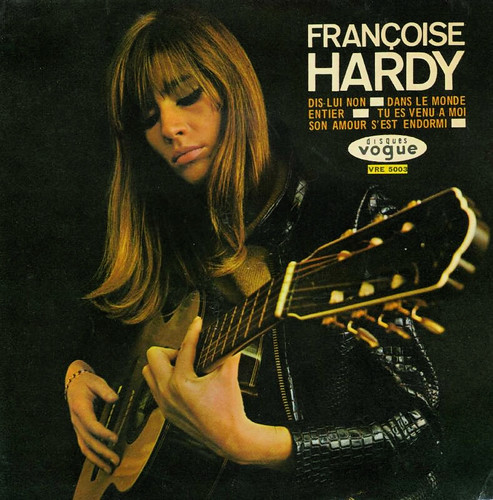
6. **The British Invasion Influence: Modernizing Her Sound in London**: In a conscious effort to evolve her musical direction, Françoise Hardy made the strategic decision to venture to London in 1963 to record new music. This move occurred at the height of the British Invasion, a period of immense musical innovation. Hardy sought to “modernize her music,” recognizing the superior quality of British recording facilities compared to the “poor quality of French studios and sound engineers” prevalent at the time. This decision reflected her meticulous approach to her craft and her unwavering pursuit of artistic excellence.
Working with the esteemed producer Tony Hatch at Pye Records studios in February 1964, Hardy recorded a significant EP. This collection included a captivating cover of “Catch a Falling Star” and three carefully adapted English versions of her existing French hits: “Find Me a Boy” (from “Tous les garçons et les filles”), “Only Friends” (from “Ton meilleur ami”), and “I Wish It Were Me” (from “J’aurais voulu”). These recordings showcased her adaptability and willingness to engage with international audiences on their own terms.
Interestingly, despite her efforts to record in English, initial preferences among English audiences leaned towards her original French recordings. This was evident when “Tous les garçons et les filles” made a notable entry into the UK Singles Chart on July 1, 1964, peaking at number thirty-six. It highlighted the intrinsic charm and universal appeal of her original French compositions.
However, it was her 1965 English-language single, “All Over the World,” that truly broke through in the British market. This song became a substantial hit in the UK, successfully reaching the Top 20 and maintaining its presence on the charts for an impressive fifteen weeks. Its commercial success solidified her position as a genuine international star, demonstrating her ability to craft compelling music directly for English-speaking audiences. The song’s popularity extended even further, finding significant success in South Africa, Australia, and New Zealand, making it “possibly her most popular recording among English-speaking audiences” and a testament to her global appeal.
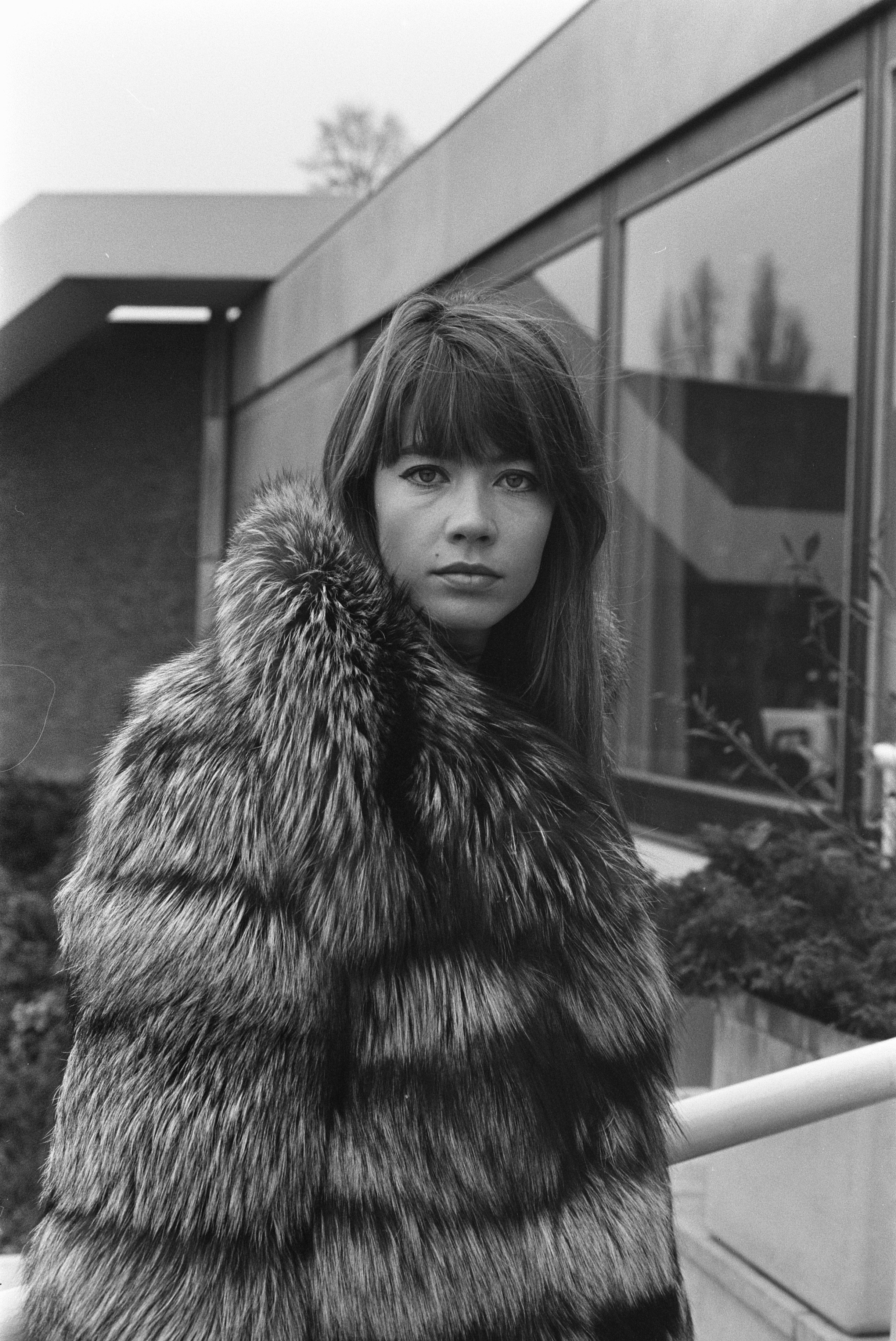
7. **Transatlantic and German Success: Kapp Records and “Frag’ den Abendwind”**: Following her burgeoning success in Europe, Françoise Hardy extended her international reach across the Atlantic in 1965, flying to New York to secure a record deal with Kapp. This crucial agreement aimed to facilitate the distribution of her records in the United States, introducing her unique French pop sound to American audiences. Kapp subsequently released her debut studio album under the evocative title “The ‘Yeh-Yeh’ Girl From Paris!,” alongside the single “However Much,” an English version of her previously released French track “Et même…”. This marked her formal introduction to the American market, though her distinct European charm remained central to her appeal.
Concurrently, Hardy experienced remarkable success in the German-speaking world. She released a German-language album, “In Deutschland,” which featured a blend of five original compositions alongside expertly translated versions of her earlier French songs. This demonstrated her commitment to connecting with diverse audiences through their native languages, a trait that underscored her international artistry. The album quickly gained traction, solidifying her presence in the German market.
The most popular track from “In Deutschland” proved to be “Frag’ den Abendwind,” which achieved significant acclaim and commercial success. The song remained on the national singles chart for an impressive twenty-four weeks, a testament to its widespread appeal among German listeners. This prolonged chart presence further cemented Hardy’s status as a bona fide international star, capable of captivating audiences across multiple linguistic and cultural landscapes. Her ability to translate her artistic essence into different languages, while maintaining a consistent quality, was a hallmark of her early career.
Beyond her musical achievements, Hardy’s public image continued to grow. In a moment that symbolized the height of the yé-yé era, she was among forty-six performers who participated in a famous group photograph shot by Jean-Marie Périer for Salut Les Copains on April 12, 1966. This iconic image, later known in France as the “photo du siècle” or “photo of the century,” further cemented her status as a cultural icon and a defining face of the youthful, vibrant music scene of the 1960s.”
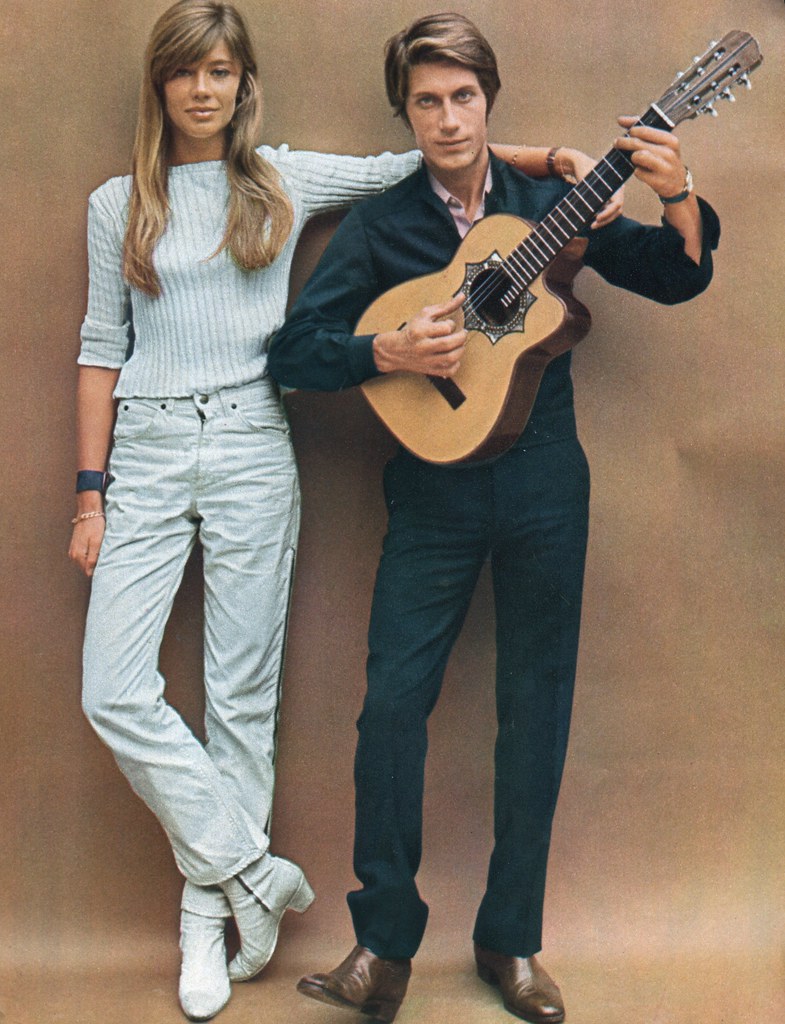
8. **Artistic Evolution and Key Collaborations (Late 1960s-Early 1970s)**: As the 1960s drew to a close, Françoise Hardy embarked on a deliberate path of artistic maturation, seeking greater control over her output. Beginning in late 1967, she embraced a suggestion from Jacques Wolfsohn to release records through her own production company, Asparagus, though distribution remained with Vogue. This move marked an initial step towards independence, although she later expressed regret over the arrangement, citing “a lot of harassment lawsuits” from the majority shareholders.
Her seventh French album, *Ma jeunesse fout le camp*, released in November 1967, was the first under the Asparagus imprint. Continuing her international endeavors, Hardy recorded her second English album, known by various titles such as *En anglais* or *Will You Love Me Tomorrow*, in the spring of 1968, on the advice of English producer Noel Rodgers. This period also saw the release of one of her most successful tracks, “Comment te dire adieu,” a French cover of Vera Lynn’s “It Hurts to Say Goodbye” with poignant French lyrics penned by the esteemed Serge Gainsbourg.
In 1970, Hardy made a decisive break from Vogue, signing a three-year contract with Sonopresse, a subsidiary of Hachette. This period truly heralded her artistic independence, as she founded her own production company, Hypopotam, and a music publishing company, Kundalini. The significant advances from Sonopresse afforded her the freedom to finance her own projects, a time she fondly described as “the happiest time,” allowing her to work independently on her music. This transitional era included releases like the French compilation *Françoise*, the English *One-Nine-Seven-Zero*, and her final German-language album, *Träume*.
Her first French studio album under Hypopotam, *Soleil*, launched in the spring of 1970, showcased a diverse array of arrangers, reflecting her exploratory musical vision. Notably, she also recorded her penultimate Italian-language single, “Lungo il mare,” and her first Spanish-language single. A significant artistic turning point arrived with her collaboration with Brazilian singer and guitarist Tuca, leading to the critically acclaimed but commercially unsuccessful album *La question* in 1971. This was the first time Hardy had collaborated on material before entering the studio, actively participating in the choice of string arrangements.
Following *La question*’s modest sales, Hardy sought a different sound, enlisting British arranger Tony Cox for her 1972 album, known as *Et si je m’en vais avant toi* or “The Orange Album.” Her contract with Sonopresse expired without renewal, paving the way for a pivotal collaboration with songwriter and producer Michel Berger in 1972. Berger, impressed by his work with Véronique Sanson, crafted *Message personnel*, an album that included two of his own compositions and ten others he curated. Despite finding herself again under a demanding producer, the album, released on Warner Bros. Records in 1973, proved to be a significant commercial and critical success, reigniting her career in France shortly after the birth of her son, Thomas Dutronc. Her next project, the concept album *Entr’acte* (1974), featuring songs co-written with Catherine Lara, unfortunately met with commercial failure, leading Hardy to take a temporary break from music to focus on raising her child.
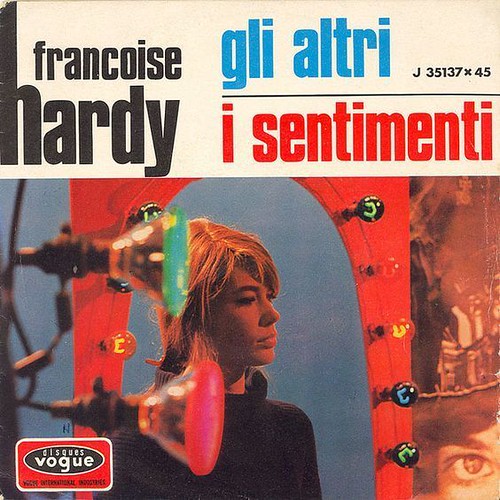
9. **The Gabriel Yared Era and Continued Reinvention (Late 1970s-1980s)**: Hardy’s artistic journey continued its evolution in 1977 when she signed a three-year deal with Pathé-Marconi, bringing on Gabriel Yared as producer and arranger for her album *Star*. Their initial collaboration was marked by tension, with recording sessions for *Star* occurring in a “strained atmosphere” that earned her the nickname “ice queen.” Despite this challenging start, Hardy later recognized the profound influence Yared had on her work, recalling in 1991 that their five albums together were not easy but constituted “one of the great chances of my life to find myself again under the guidance of a musician of this dimension.” *Star* proved a commercial success, re-introducing her to a new generation.
Their partnership continued with 1978’s *Musique saoûle*, which marked a shift towards a more danceable sound. Bolstered by the popularity of the lead single, particularly its remixed version, the album was a commercial triumph. For 1980’s *Gin Tonic*, Yared and Bernard Ilous crafted an even more commercial style, complemented by a “furiously modern” album cover. This period saw Hardy promoting her work through televised appearances, often “awkwardly” performing amid dancing crowds, a testament to her inherent shyness.
Breaking her contract with Pathé-Marconi, Hardy released *À suivre* in April 1981 on the Flarenasch label, featuring a new array of collaborators assembled by Yared, including Louis Chedid and Jean-Claude Vannier. This was swiftly followed by *Quelqu’un qui s’en va* in the spring of 1981, notable for its cover photographed by Serge Gainsbourg. Eight years later, *Décalages*, released on May 2, 1988, was widely publicized as her final album. It achieved significant commercial success, earning a gold certification for selling 100,000 copies, a fitting cap to this phase of her career.
Despite the announcement of *Décalages* being her last, Hardy resumed her music career in the 1990s, signing with Virgin Records in December 1994. This renewed period saw her collaborate with the English band Blur for the French version of “To the End,” recorded at the iconic Abbey Road Studios in 1995, and with the French duo Air on the track “Jeanne” in 1997. These collaborations underscored her enduring relevance and willingness to engage with contemporary artists, ultimately reinventing her sound as a harsher alternative rock for her 1996 return album, *Le danger*.
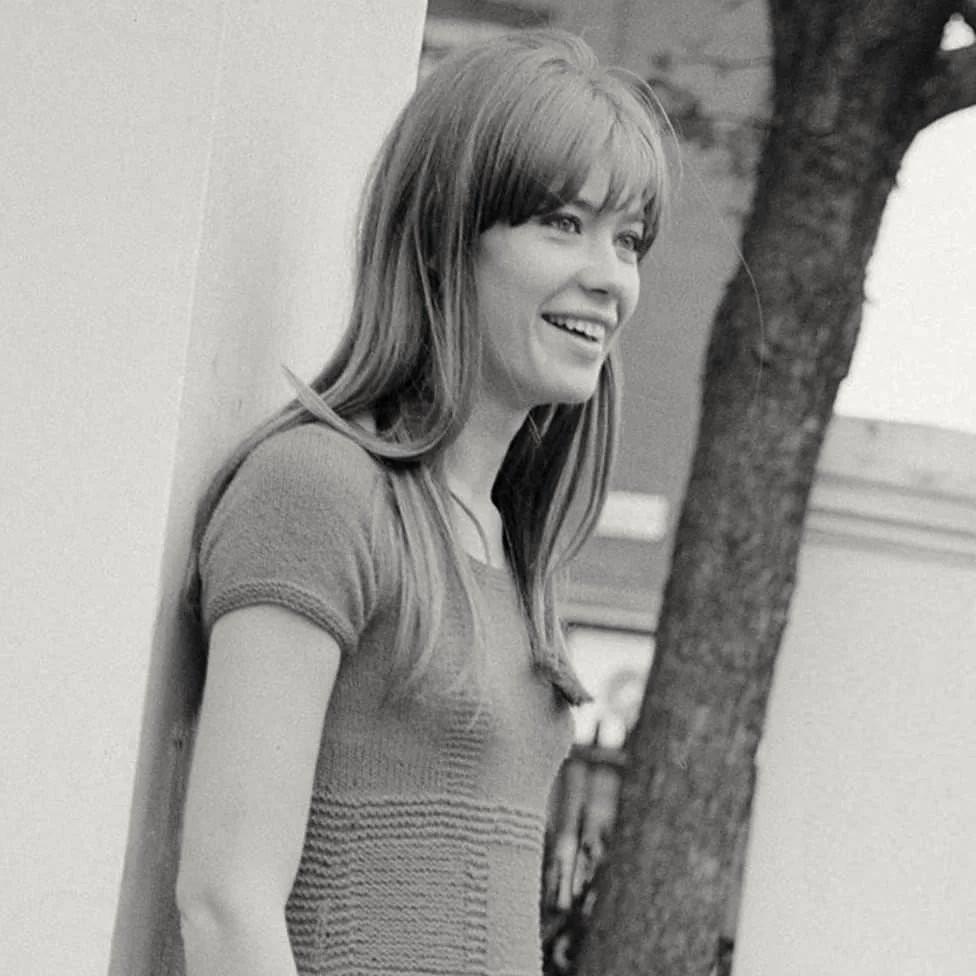
10. **A Second Career as an Author: From Memoir to Fiction**: In her later years, Françoise Hardy embarked on yet another significant career, establishing herself as an accomplished author of both fiction and non-fiction. This literary pursuit became a profound outlet for her introspective nature and keen observations, solidifying her multifaceted artistic identity beyond music.
Her autobiography, *Le désespoir des singes… et autres bagatelles* (The Despair of Monkeys and Other Trifles), published on October 9, 2008, became a national bestseller in France, selling an impressive 250,000 copies. The memoir offered a candid and deeply personal account of her life, struggles, and perspectives, resonating strongly with her extensive fanbase and new readers alike. Its widespread appeal led to translations, including a Spanish edition in 2017 and an English-language version in 2018, allowing her story to reach an even broader international audience.
In 2012, Hardy ventured into fiction with her first novel, *L’amour fou*, released by Éditions Albin Michel concurrently with a music album of the same name. The story, a deeply personal exploration of an obsessive romantic relationship, had been conceived thirty years prior but had been shelved. It was only through the encouragement of her editor and her friend Jean-Marie Périer that she agreed to publish it. Hardy found its release appropriate for her 50th musical anniversary, recognizing it as “the story that has been the matrix of almost all of my lyrics from the start,” offering profound insight into the emotional wellspring of her songwriting.
Following the relatively modest sales of her albums *La pluie sans parapluie* and *L’Amour fou*, Hardy made a conscious decision to shift her focus away from music and dedicate herself more fully to writing. This period yielded the thought-provoking essay *Avis non autorisés* (Unauthorised Opinions), published in 2015, in which she candidly addressed the challenges of aging and shared views on current affairs, some of which were deemed “politically incorrect.” The book proved to be a commercial success, demonstrating her continued ability to connect with the public through her written word.
A year later, she published *Un cadeau du ciel* (A Present from Heaven), a reflective work recounting her harrowing hospitalization in March 2015 for cancer, during which she nearly died. In the early 2020s, with her singing career halted by cancer treatments, Hardy, claiming she had “nothing else to do,” dedicated herself to compiling *Chansons sur toi et nous*, a comprehensive songbook featuring all of her lyrics accompanied by her personal commentaries. Published in 2021, this final literary endeavor offered a profound retrospective on her musical legacy through her own words.

11. **Signature Sound: Melancholy, Meticulousness, and Distinctive Artistry**: Françoise Hardy’s musical style, while spanning a wide range of genres throughout her career, was indelibly marked by a signature sound that captivated audiences worldwide. Her voice, characterized by breathy alto vocals, became synonymous with melancholic, sentimental ballads. Rock & Folk’s Basile Farkas aptly dubbed her the “queen of melancholy,” a title Hardy herself embraced, stating in 2012, “In music, I like above all the slow, sad melodies… Not in a way that plunges, but in a way that uplifts… I still aspire to find the heartbreaking melody that will bring tears to my eyes. A melody whose quality gives it a sacred dimension.”
Her lyrical themes consistently explored the depths of human emotion, revolving around sadness, personal pain, heartache, unrequited love, sleeplessness, boredom, loneliness, and a sense of confinement. This introspective focus, combined with her distinctive, often deadpan delivery, created an “all-alone” quality that commanded both sympathy and attention. Writers frequently drew comparisons between Hardy’s music and that of English singer Marianne Faithfull, noting their shared folk-infused style and wistful appeal, and her “cool, aloof air” was sometimes likened to German singer Nico.
Hardy was renowned for her meticulous approach to her craft, a trait evident in her early decision to leave the perceived “poor quality of French studios and sound engineers” for the superior recording facilities in London. This dedication to sonic excellence underscored her unwavering pursuit of artistic integrity. As she matured, she became adept at refining her own despairing songwriting while also drawing from the works of leading professionals. Producer Erick Benzi recalled her uncompromising artistic vision, noting that “From when she was 18, she knew she was different. She was capable of going in front of big artists like Charles Aznavour and saying, ‘Your song is crap, I don’t want to sing it.’ She never made compromises.”
Tony Cox, another collaborator, observed that “Françoise was good in that she liked things to be slightly more adventurous than the norm. There was a bit of the Left Bank about her – she’s not your average pop singer, that’s for sure.” Despite being a central figure in the yé-yé movement, Hardy distinguished herself from her peers by writing much of her own material. However, she was known for downplaying her skills as a singer and musician, and her original compositions became less frequent over time. She explained to *Rock & Folk* in 2018, “I understood that even if I did learn things, I would never be able to do as well as real melodists. That’s why I thought it was best to bring in musicians whose work touched me.”
Her earliest musical influences were rooted in French chanson, encompassing singers like Cora Vaucaire, Georges Guétary, Charles Trenet, and Jacques Brel, reflecting the radio landscape of the 1950s. She found a particular connection with Trenet, drawn to his music’s “sad and light” quality, and cited singer-songwriter Barbara as an inspiration for her own compositions. In the early 1960s, her tastes broadened significantly through Radio Luxembourg, introducing her to English-language rock and roll and the polished pop of the Brill Building, further shaping the diverse tapestry of her artistic output.
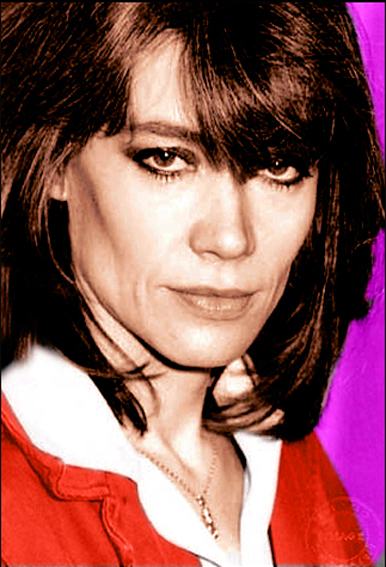
12. **Enduring Legacy and Final Chapter: Beyond the Music**: Françoise Hardy’s impact on French and international culture transcends her extraordinary musical career, deeply informed by her unique public persona. She was widely known for her profound shyness, a genuine disenchantment with the trappings of celebrity life, and a deeply self-deprecatory attitude. These traits were often attributed to her lifelong struggles with anxiety and insecurity, born from a challenging childhood and further exacerbated by public scrutiny. Despite her international stardom, she remained an intrinsically private figure, often preferring solitary pursuits to the limelight.
Her personal life saw a significant development with her marriage to French singer-songwriter Jacques Dutronc in 1981, a union that brought together two prominent figures of French music. Their son, Thomas Dutronc, followed in his parents’ footsteps, also becoming a respected musician, extending the family’s legacy in the arts. These relationships, while often private, were an important aspect of her life away from the public eye, grounding her amid the demands of her career.
Hardy’s lasting contributions were recognized through prestigious accolades throughout her career. In 2005, she received the ‘Female Artist of the Year’ award at the Victoires de la Musique for her album *Tant de belles choses*. The following year, in 2006, she was honored with the Grande médaille de la chanson française by the Académie française, an honorary award celebrating her monumental career in music. These awards underscored her status not just as a popular artist, but as a revered figure who profoundly shaped French pop music.
Her musical output continued into the 21st century, showcasing a return to her mellow style with albums like *Clair-obscur*, *Tant de belles choses*, and *(Parenthèses…)* in the 2000s. In the 2010s, she released her final three albums: *La pluie sans parapluie*, *L’amour fou*, and *Personne d’autre*. The release of *L’amour fou* in 2012 coincided with a diagnosis of laryngeal cancer, leading her to declare it her final album. Yet, demonstrating her remarkable resilience, she returned almost five years later with *Personne d’autre* in 2018, a testament to her enduring artistic drive.
Tragically, her battle with cancer ultimately impacted her ability to perform. In March 2021, Hardy announced that the effects of her treatments meant she could no longer sing. Françoise Madeleine Hardy passed away in Paris in June 2024, at the age of 80, bringing to a close a life that touched millions. She remains one of the best-selling singers in French history and is continuously regarded as an important and influential figure, not only in French pop music but also as a timeless icon of fashion and a woman whose unique blend of vulnerability and strength left an indelible mark on the cultural landscape.



